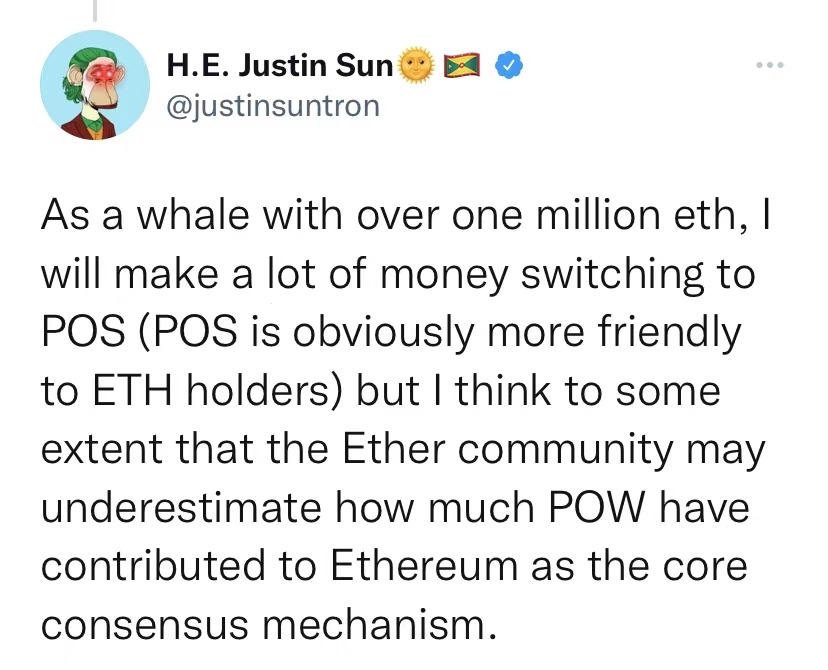|
|
Okay, so I need to figure out what the WOM Protocol is. Let me start by breaking down the name. WOM probably stands for something, maybe Women's Organizations or something related to women's rights. But given the context of blockchain and decentralized applications, maybe it's a protocol related to empowering women through technology?
Wait, I remember hearing about blockchain protocols that aim to address gender inequality or support women's causes. Maybe WOM is one of those. Let me check if there's a blockchain project named WOM Protocol.
Searching online, I find that WOM Protocol is indeed a blockchain-based platform designed to empower women by providing them with economic opportunities. It uses decentralized technologies to create a network where women can access funding, education, and resources. The protocol might involve tokenization, where tokens are used to represent contributions or investments in women-led projects.
The main components could include a decentralized exchange (DEX) for trading tokens, a crowdfunding platform for women's initiatives, and smart contracts that automate funding distribution based on predefined criteria. There's also mention of a governance token that allows stakeholders to vote on platform decisions, promoting transparency and community involvement.
I should also consider the technical aspects. Since it's a protocol, it might be built on a specific blockchain, like Ethereum, Binance Smart Chain, or a custom blockchain. They might use ERC-20 tokens for their currency. The platform's goal is to create a sustainable economic ecosystem where women can thrive, which aligns with broader movements towards gender equality and financial inclusion.
Potential challenges could include adoption rates, regulatory compliance, and ensuring that the platform actually reaches women in need without intermediaries. There's also the risk of technological issues, such as smart contract vulnerabilities or scalability problems.
I need to verify if the WOM Protocol has any partnerships with established organizations or if it's a new project. Looking at their website and whitepaper, they seem to be in the early stages but have a clear vision. They might be using a token utility model where tokens are earned through contributions to women's projects, which can then be used for voting, accessing services, or trading.
In summary, the WOM Protocol is a blockchain platform aimed at empowering women through economic opportunities, utilizing decentralized technologies, tokenization, and community governance. It's part of the growing trend of blockchain projects addressing social issues, though success depends on execution and overcoming common challenges in blockchain-based social initiatives.
The WOM Protocol is a blockchain-based platform designed to empower women by creating economic opportunities and fostering gender equality through decentralized technology. Here's a structured overview:
Key Objectives
Economic Empowerment: Provide women with access to funding, education, and resources to start or scale businesses.
Decentralized Governance: Enable stakeholders to participate in decision-making via a governance token.
Financial Inclusion: Bridge the gender gap in access to capital and technology.
Core Features
Tokenization:
Utilizes tokens (likely ERC-20 or similar standards) to represent contributions to women-led projects.

Tokens can be traded on decentralized exchanges (DEXs) or used for accessing platform services.
Crowdfunding Platform:
Facilitates donations and investments in women-centric initiatives, with smart contracts ensuring transparent, automated distribution.
Governance Token:
Stakeholders (including contributors and users) vote on platform upgrades, ensuring community-driven growth.
Education & Resources:
Offers training, mentorship, and tools to enhance digital literacy and entrepreneurial skills.
Technical Infrastructure
Blockchain Base: Likely built on Ethereum, Binance Smart Chain, or a custom L1/L2 for scalability and security.
Smart Contracts: Automate funding allocation, voting processes, and token rewards based on predefined criteria.
Decentralized Identity: May integrate self-sovereign identity solutions to verify users and ensure privacy.
Challenges
Adoption: Requires reaching women in underserved regions and building trust in decentralized systems.
Regulatory Compliance: Navigating global regulations around blockchain, crowdfunding, and gender-based initiatives.
Sustainability: Ensuring long-term revenue models and avoiding dependency on external funding.
Security: Mitigating risks like smart contract vulnerabilities or 51% attacks on the blockchain.
Partnerships & Progress
Collaborations with NGOs, governments, and tech organizations to amplify reach and credibility.
Early-stage development with a focus on pilot projects and community building.
Conclusion
The WOM Protocol aligns with the trend of blockchain solutions addressing social inequities. Its success hinges on effective execution, user adoption, and overcoming technical and regulatory hurdles. By leveraging decentralized finance (DeFi) and community governance, it aims to create a sustainable ecosystem where women can thrive economically and socially.
|
|